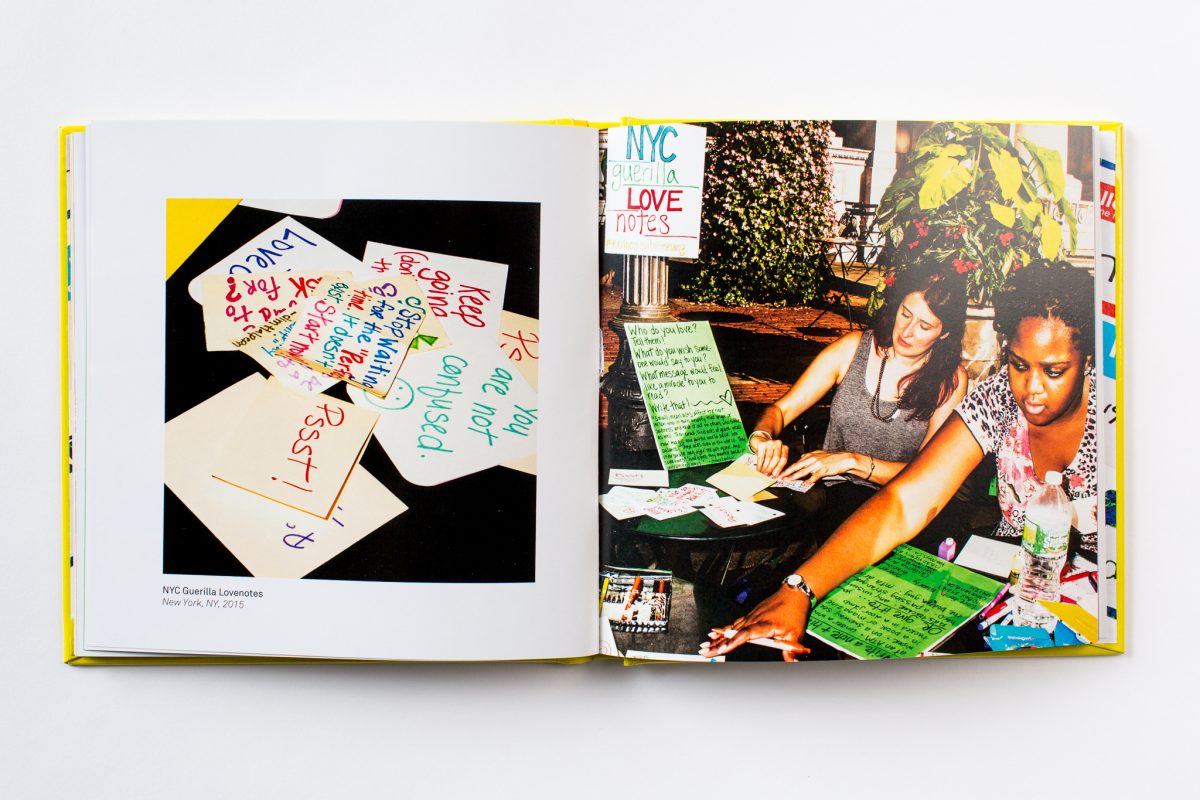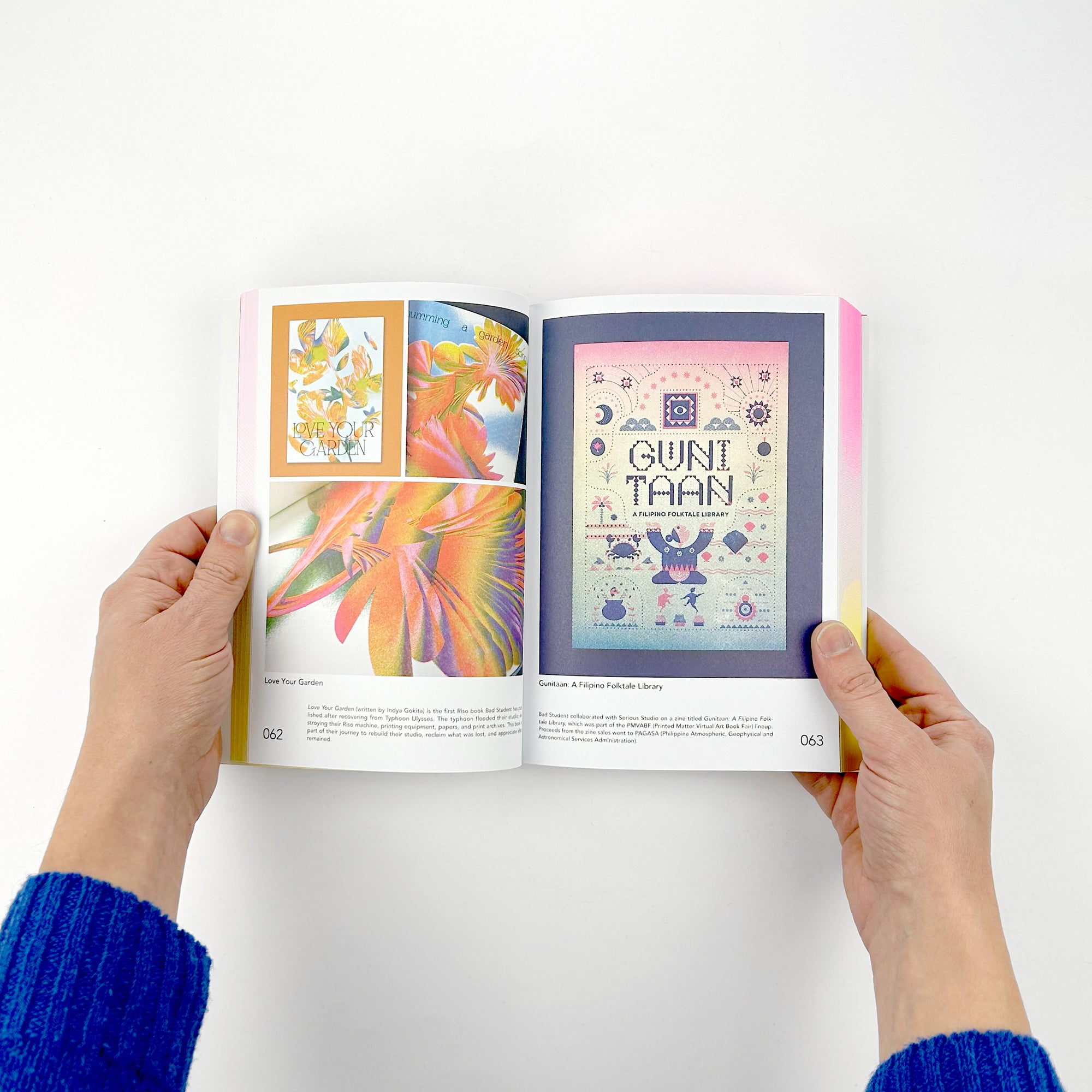Top 5 Printing Techniques That Bring Your art book to Life
Top 5 Printing Techniques That Bring Your art book to Life
Blog Article
Navigating the World of Art Book Printing: Tips and Techniques for a Remarkable End Up
When it comes to art book printing, you require to blend imagination with technical know-how for the best outcomes. Allow's explore what that is and how it can elevate your art book.
Understanding the Printing Refine
When you submerse yourself on the planet of art book printing, understanding the printing procedure is critical for attaining your preferred results. Begin by familiarizing on your own with different printing techniques, like digital and counter printing. Each technique has its staminas, so consider your project's range and budget plan.
Next, take notice of shade administration. Make certain your photos are in the correct shade profile, as this influences exactly how they'll appear in print. You'll additionally wish to choose the appropriate resolution-- 300 DPI is common for premium prints.
Constantly demand a proof prior to the final print run to catch any kind of errors or inconsistencies in shade. Comprehending these elements can considerably improve the high quality and general appearance of your art book.
Selecting the Right Paper
Picking the appropriate paper can considerably influence the overall look and feeling of your art book. You'll desire to assess elements like weight, appearance, and coating. A larger weight paper can give your pictures an extra glamorous look, while lighter documents may feel extra delicate.
Texture plays a vital duty too; shiny paper boosts shades and detail for dynamic pictures, while matte paper provides an extra controlled and artistic appearance. Think of exactly how you want your artwork to be regarded-- do you choose sharp contrasts or softer edges?
This will help you picture exactly how your art communicates with different papers. Bear in mind, the appropriate choice can boost your book from normal to amazing, ensuring your creative vision shines through in every page.
Checking Out Binding Choices
When it concerns binding your art book, you have actually obtained numerous options to ponder that can impact both the look of your job. Think of the durability features you require, in addition to the cost implications of each binding approach. Choosing the right binding can boost your art work and ensure it lasts for years ahead.
Types of Binding Methods
There are numerous binding techniques to ponder for your art book, each offering one-of-a-kind advantages and appearances. If you're trying to find a sleek surface, perfect binding is a superb option, giving an expert appearance with a durable back. For a much more imaginative touch, consider spiral binding; it permits your book to lay flat, showcasing your artwork perfectly. If you choose a typical feel, instance binding gives you a long lasting hardbound option, suitable for high-quality prints. Saddle stitching is an additional alternative, ideal for thinner publications and supplying a clean and minimalistic appearance. Each binding approach has its charm, so believe concerning your book's objective and audience to select the one that ideal enhances your vision.

Picking Longevity Attributes
After taking into consideration the numerous binding approaches, it's time to concentrate on toughness functions that can improve the longevity of your art book. Choosing a durable binding alternative is crucial; think about choices like case binding or lay-flat binding, which provide added toughness. Furthermore, take notice of the sort of glue utilized; a top notch PVA glue can guarantee the web pages stay secure over time. If you anticipate your book to withstand frequent handling, go with materials like laminated covers or coated paper, which stand up to deterioration. Finally, think of how you'll save the book-- making use of a protective slipcase can add an added layer of defense versus dust and damages. Focus on these features to maintain your art book looking pristine.
Cost Ramifications of Binding
While picking a binding alternative for your art book, it's important to consider just how each option influences your budget plan. Saddle sewing is much more economical, suitable for smaller publications, yet it might not fit larger jobs. Ultimately, picking the right binding alternative can enhance your art book's presentation without breaking the financial institution.
Creating for Print
When designing for print, you require to focus on clarity and aesthetic impact to properly display your art work. Beginning by selecting a shade read combination that complements your pieces, ensuring it translates well on paper. Shades might show up in different ways in print than on-screen, so pick shades that preserve vibrancy when printed.
Usage high-resolution images to prevent pixelation; purpose for at the very least 300 DPI for peak quality. Consider your typography very carefully-- pick typefaces that enhance your art without subduing it. Maintain a balance between message and visuals, ensuring that neither distracts from the other.
Focus on format and white space, as these elements assist the visitor's eye and produce a harmonious circulation. Assume about the size and measurements of your book; it must enhance your art work, not constrain it. By concentrating on these elements, you'll produce a stunning print layout that captivates your audience.
Proofing Your Art Work
Once you have actually finalized your layout, it's time i was reading this to proof your artwork to validate every little thing looks as planned. If your artwork is vibrant on-screen, yet dull on paper, changes may be necessary.
Print a test proof to see just how your layout translates to paper. This step gives beneficial insights into color, contrast, and layout. Don't wait to request comments from trusted peers or colleagues-- they might capture issues you neglect. Make specific your artwork adheres to any type of certain guidelines your printer requires, such as bleed and cut lines. A complete proofing procedure assurances that your end product reflects your difficult work magnificently.
Dealing with a Printer
When you're all set to publish your art book, discovering the ideal printer is vital. You'll need to clearly connect your vision and comprehend the printing specifications to assure whatever turns out as anticipated (art book). Allow's explore how to make this procedure smooth and successful
Picking the Right Printer
Picking the appropriate printer can make all the distinction in bringing your art book vision to life. Beginning by recognizing your particular needs, like paper high quality, shade precision, and binding alternatives. Study local and online printing firms, paying attention to their portfolios and client reviews. You want a printer experienced in art books, as they'll comprehend the subtleties of reproducing your artwork faithfully. Don't wait to request examples of their previous job to gauge their high quality. When you've limited your choices, connect to review your task in detail. This first conversation can expose their competence and readiness to collaborate. Bear in mind, an excellent printer will not only meet your assumptions yet raise your project. Select wisely!
Communicating Your Vision
To assure your art book comes out just as you envision, it's crucial to connect your vision clearly with your printer. Start by sharing your innovative concept, including themes, shades, and any type of details elements you want highlighted - art book. Be open regarding your budget and timeline; this helps your printer provide realistic alternatives.

Understanding Printing Requirements
With your vision plainly verbalized, it's time to concentrate on the technical side of printing your art book. Understanding printing specifications is crucial for attaining the excellent result. Next, consider the book's dimensions-- typical sizes are commonly more cost-efficient, yet custom dimensions can enhance your one-of-a-kind design.
Marketing Your Art Book
Advertising and marketing your art book successfully can make all the distinction in reaching your audience and increasing sales. Are they art enthusiasts, collection agencies, or pupils? Showcase your art work, share behind-the-scenes material, and engage with your fans via stories and blog posts.
Take into consideration holding a launch occasion or joining art fairs to get in touch with possible customers directly. Team up with influencers or bloggers in the art area to expand your reach. Don't ignore the power of email marketing; construct a newsletter to maintain interested readers upgraded.
Finally, utilize online markets and your site for straight sales. Offer minimal versions or special promotions to develop urgency. By incorporating these strategies, you'll enhance presence and drive sales for your attractive art book.
Often Asked Concerns
What Is the Typical Cost of Art Book Printing?
The standard cost of art book printing differs widely based on aspects like size, page count, and products. Usually, you're looking at anywhere from $10 to $50 or more per book, depending upon your choices.
How much time Does the Printing Process Typically Take?
The printing procedure usually takes about 2 to four weeks, depending on the task's intricacy and volume. You'll need to consider check out here style, proofing, and possible alterations to assure every little thing meets your assumptions.
Can I Print a Minimal Version of My Art Book?
Yes, you can publish a minimal version of your art book. Simply make a decision the number of duplicates you want, select a high quality printer, and ensure you've got the right products to develop an exclusive feel.
What File Formats Are Best for Printing My Artwork?
For printing your art work, usage high-resolution data like TIFF or PDF. Stay clear of JPEGs for final prints, as they can lose information.
How Can I Make Sure Color Precision in My Printed Schedule?
To guarantee color precision in your published book, make use of an adjusted screen, soft evidence your documents, and choose a dependable printing service. Consider utilizing RGB or CMYK color settings as required for your art work.
Report this page